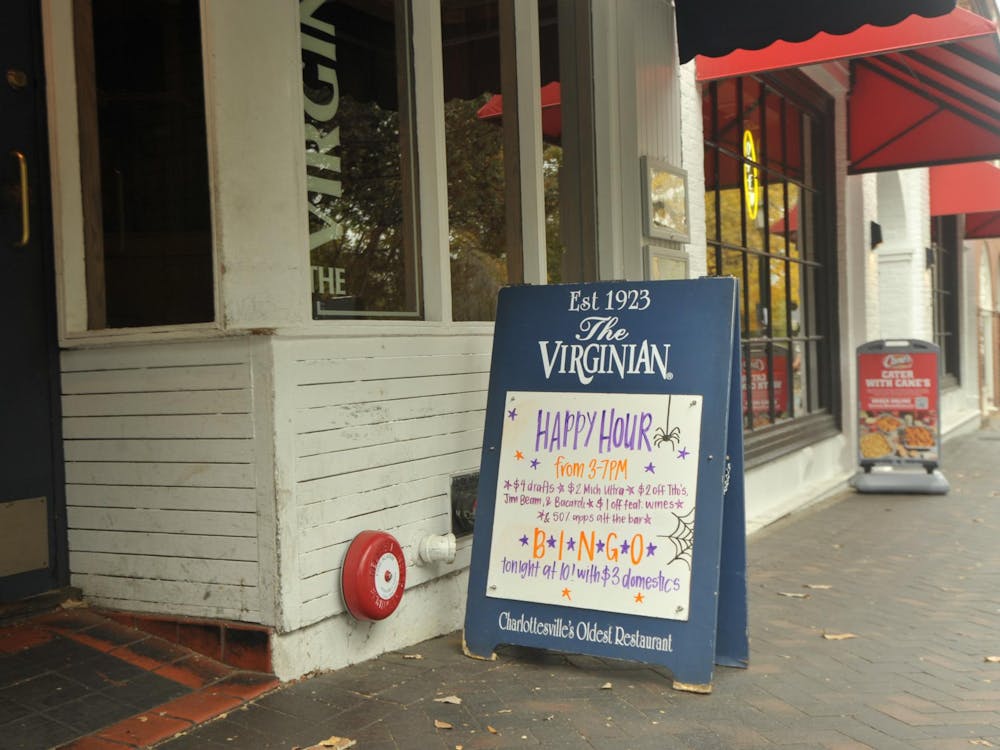A study on violent deaths released in September showed that more Virginians died from suicides than from homicides in 2003 -- the most recent year for which statistics on such deaths have been compiled.
According to the study, conducted by the Medical Examiner's Office for the Commonwealth conducted in conjunction with the National Violent Death Registration System, there were 1,332 violent deaths in Virginia in 2003. Of these deaths, 799 were suicides.
"The public is going to be surprised that suicide happens much more frequently then homicide," NVDRS Coordinator Karen Head said. "It accounts for 60 percent of violent deaths in Virginia, but it is a very private, family event that happens behind closed doors."
The study describes the NVDRS as a surveillance system that captures violent deaths that occur within a state's borders.
"We are pulling information from multiple sources," Head said.
The sources the NVDRS used include medical exams, forensic science reports, ballistics reports and law enforcement.
"We hope that by pooling these resources together we can better understand why violent deaths are taking place," Head said.
The research findings are being distributed to injury prevention and public safety officials around the Commonwealth, as well as to mental professionals.
"We're not really sure what will be the reaction of the mental health professionals who will see this data," Head said. "But they will finally have good concrete information."
Lenny Carter, assistant director of the University's Counseling and Psychological Services, said while he has not seen this particular study, the fact that suicides outpace homicides as causes of violent death is a national trend that he has known about. He also said, however, that the publicity brought to the issue by the study is beneficial.
"I think [this study] is important in terms of reminding people what a major public health issue this is across Virginia and across all age ranges," Carter said. "The more we talk about these things, the more we can remove the stigma that surrounds suicide and depression and seeking help for mental health problems in general."
If any member of the University community thinks that someone they know is severely depressed and contemplating suicide, there are two things they should be able to do, according to Carter.
"Number one is being able to recognize the signs of severe depression, and number two is knowing what the resources are in the community," he said.
Signs of severe depression include major behavior changes, changes in sleep patterns, changes in appetite, statements about hopelessness, helplessness or guilt and any talk about death or dying, Carter said. "When the community works together, it can help people and ultimately save lives," he said.
A 2003 American College Health Assessment survey showed that nine percent of University students experienced serious thoughts of suicide.
"The important thing to remember is that depression is a treatable problem," Carter said. "It's a matter of the person summoning the courage to come in and get help, and if you are not able to get help yourself, then enlisting someone to help you get help"






